BEAUTY GLOSSARY
Glossary 101: Beauty Industry
Speak Our Language.
Can’t find what you are looking for? Drop us an ‘Inquiry’ and we will reach out shortly!
InquiryBEAUTY GLOSSARY
Glossary 101: Beauty Industry
Speak Our Language.

Welcome to the Club, Clippers!
To help you navigate through this complex and perplexing beauty landscape, we have put together this terminology handbook- with words and lingos widely used in the industry, explained. Because the very first rule of this club is to speak the language- fluently. |
_20230620161845.png)

Economies of ScaleEconomies of Scale If you have taken any classes in economics- this is literally the very first term, the very first lesson you will learn. Economies of scale refer to the cost advantage experienced by a firm when it increases its level of output. The advantage arises due to the inverse relationship between the per-unit fixed cost and the quality produced. It results in a fall in average variable costs with an increase.in output- stemming from operational efficiencies and synergies because of an increase in the scale of production. In short, the bigger the better (or cheaper should we say). In this case, size DOES matter. |
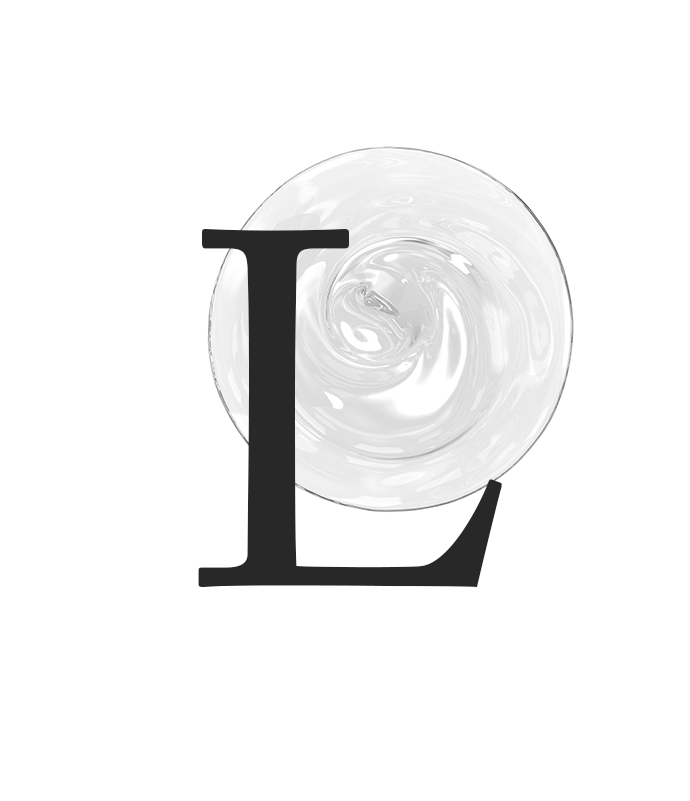
Lead TimeLead Time You will hear this term often at the initial stage of project kick off. Leadtime in this industry refers to the time between the initiation and completion, and in supply chain- this refers to the time taken from when a PO is created to the time goods are ready for pick up. There is no fixed leadtime as many factors come into play such as complexity of customization and industrialization. But in general color cosmetics usually have a longer lead time than skincare due to additional developmental stages such as color matching. |
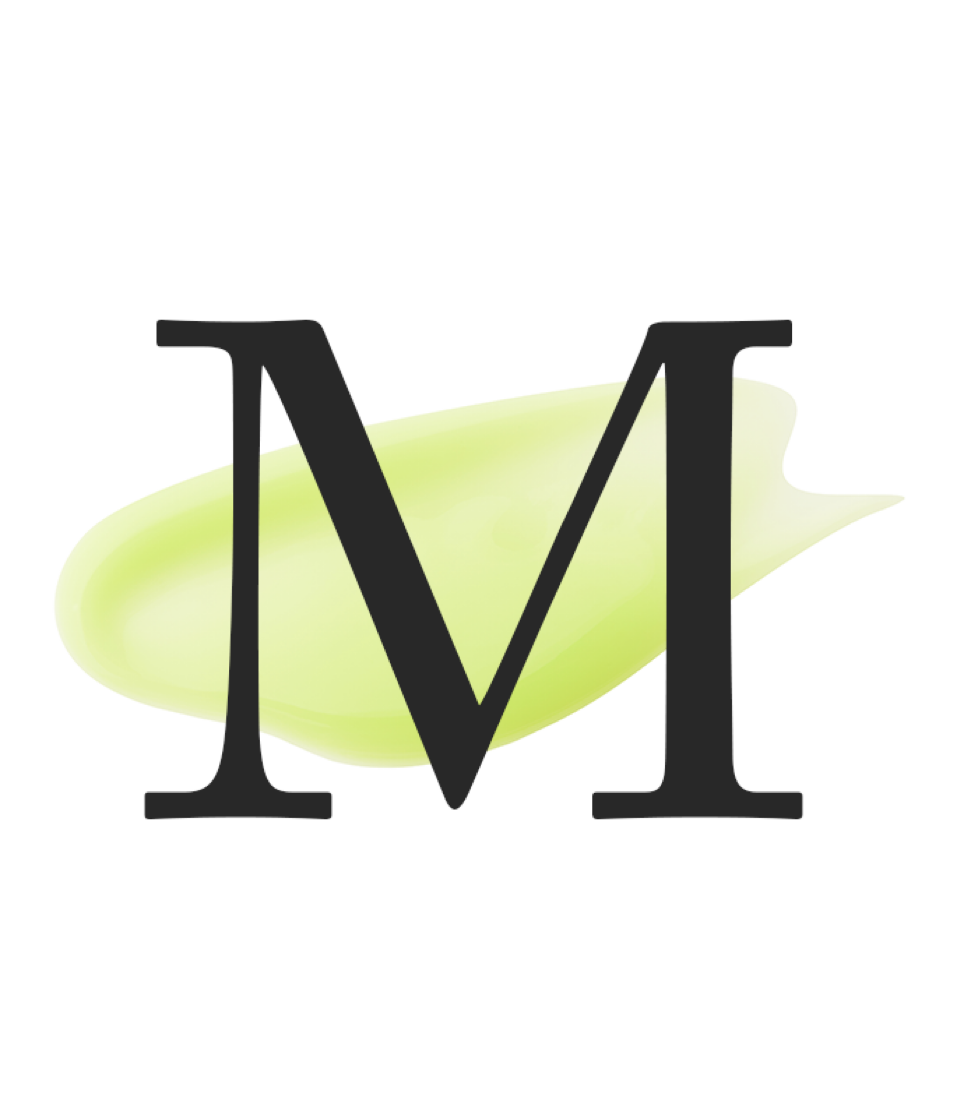
Minimum Order QuantityMinimum Order Quantity Or MOQ in short is the minimum amount of product a manufacturer will allow a customer to purchase to fulfill their order. If you are thinking of doing full product development, it is important to check the MOQ for both formulation and packaging as often times packaging has a higher MOQ. And yes, this is a question you need to ask upfront before kicking off a project, just In the beauty industry, MOQ for full product development usually starts at 5000 pieces, which could be a little intimidating for new, emerging brands. This is why we introduced our MOQ1000 service where we lowered the MOQ to just a 1,000 pieces because we believe that every beauty brands big or small, new or old deserve a fair shot. |
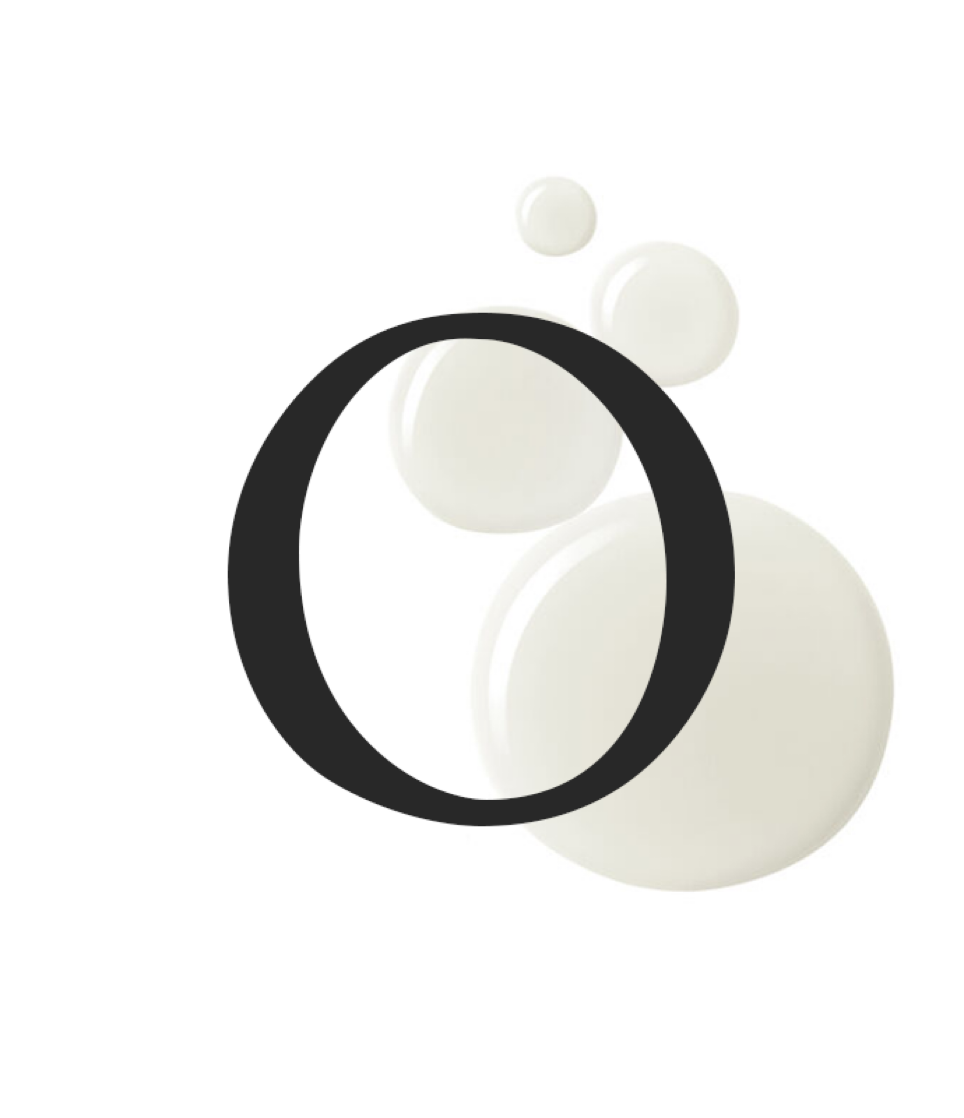
Original Equipment ManufacturersOriginal Equipment Manufacturers Or OEM in short are a vital piece of the product development puzzle for companies that already have all the skills and resources required to ideate a product and perform the required market research but lack the manufacturing capacity to produce it. Classic textbook example of OEM is the relationship between Apple and Foxconn. Apple has all the R&D resources but lack the manufacturing capabilities, therefore outsourcing manufacturing of goods to Foxconn. |
Original Design Manufacturers Or ODM in short, work differently from their OEM counterparts in that they do not just manufacture but have in-house R&D capabilities to develop original products with clients. ODM includes both white labeling and private labeling. 1. White Labeling : The practice of a manufacturer producing a product that is sold under another company's brand name, the product is typically generic. 2. Private Labeling : The practice of a manufacturer producing a product customized to meet the specific needs of brand, and may have unique features or formulations. |
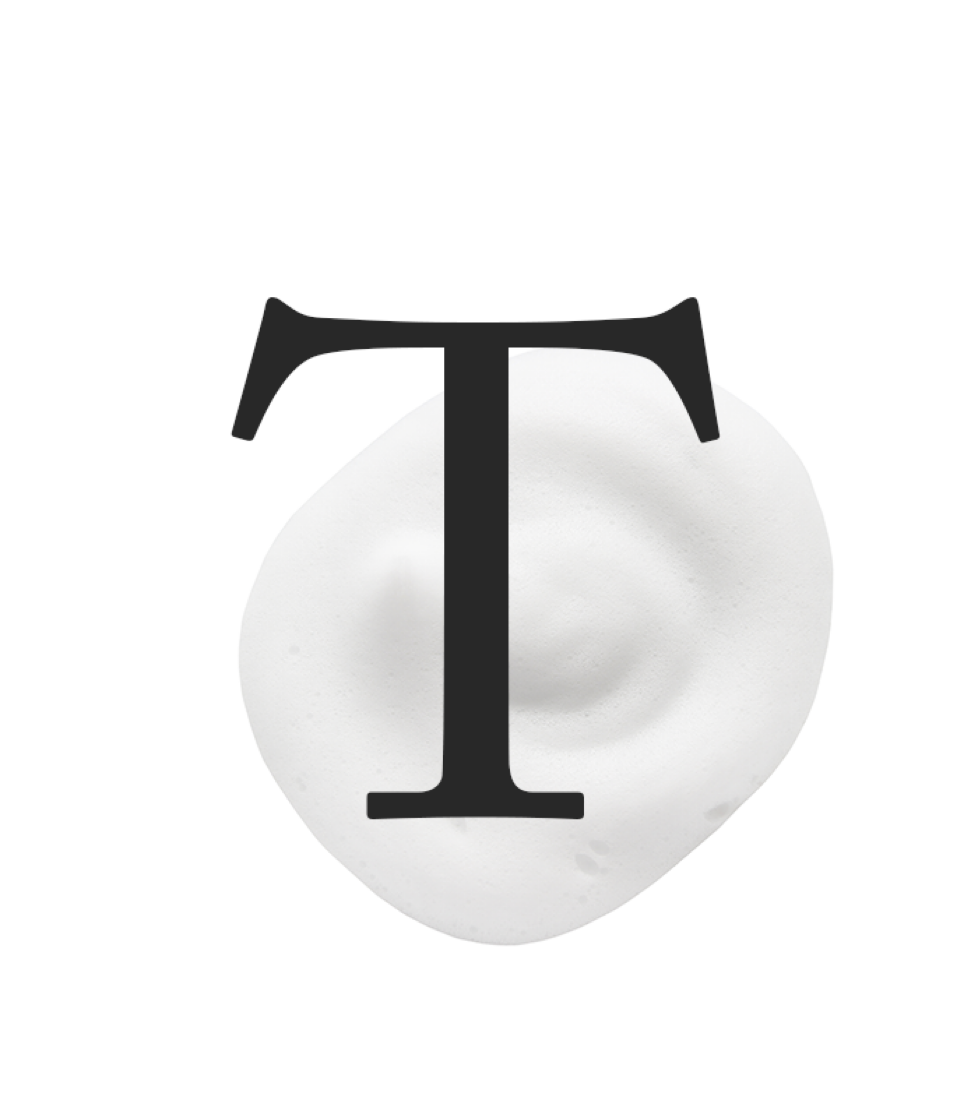
Target PricingTarget Pricing Simply put, your budget. Pricing per piece that you will buy from us. Not to be confused with for-sales price. It is crucial to be transparent and clear on target pricing from the start to prevent reformulation and delays in the later stages of development. |
TimelineTimeline A timeline is a scheduling guide to keep everyone on board in the loop running through development to production and delivery. This is usually prepared by CTK’s project manager and shared with the client to ensure smooth and on-time production and delivery. |
With this, we wrap up our first chapter of the fundamental glossary. They might be very basic, but a strong foundation is the key to success. We will see you in the next chapter where we touch on Formula Development |
BEAUTY GLOSSARY
02
JUN
23

BEHIND CTKCLIP
11 APR 2025

BEHIND CTKCLIP
21 MAR 2025

BEAUTY GLOSSARY
07 MAR 2025
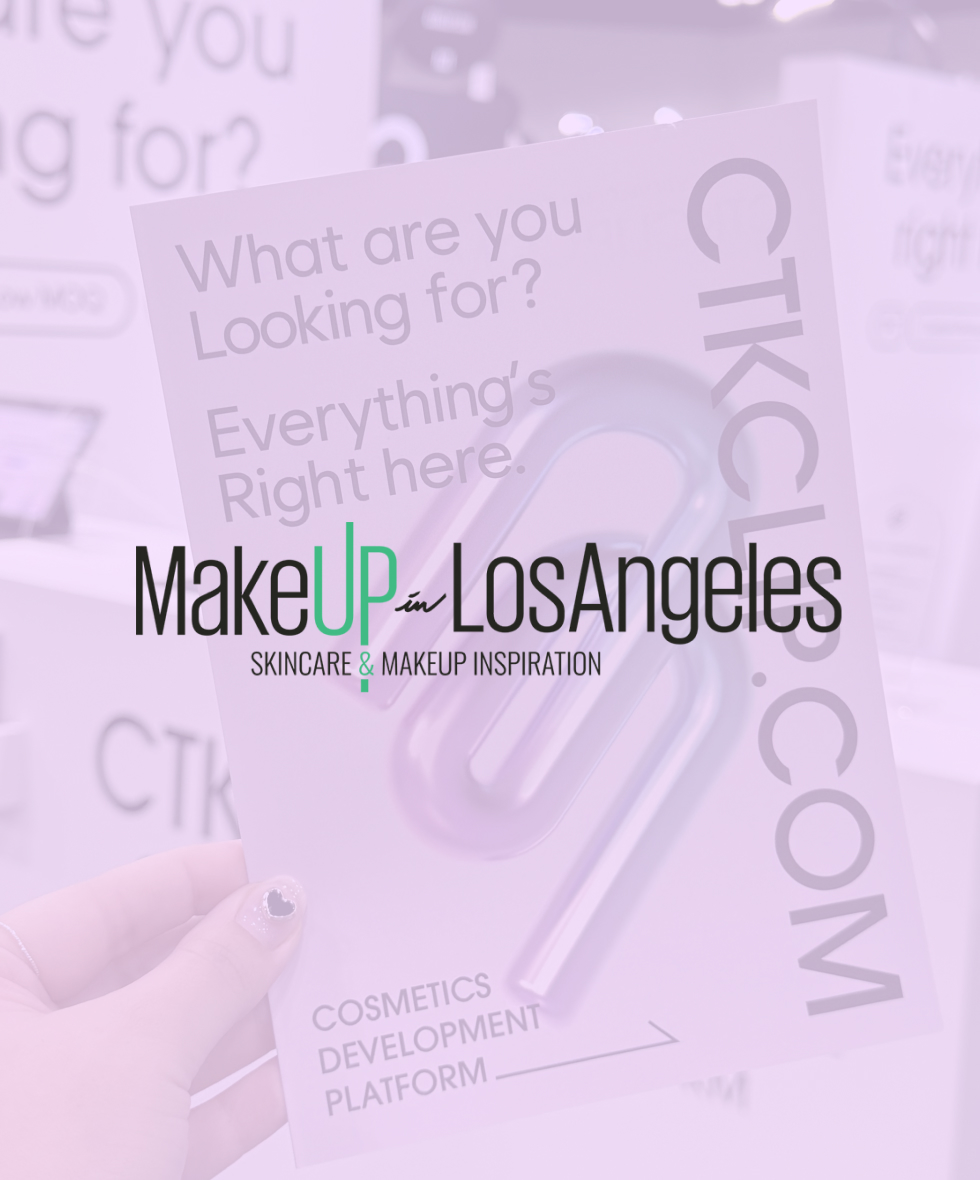
BEHIND CTKCLIP
19 FEB 2025
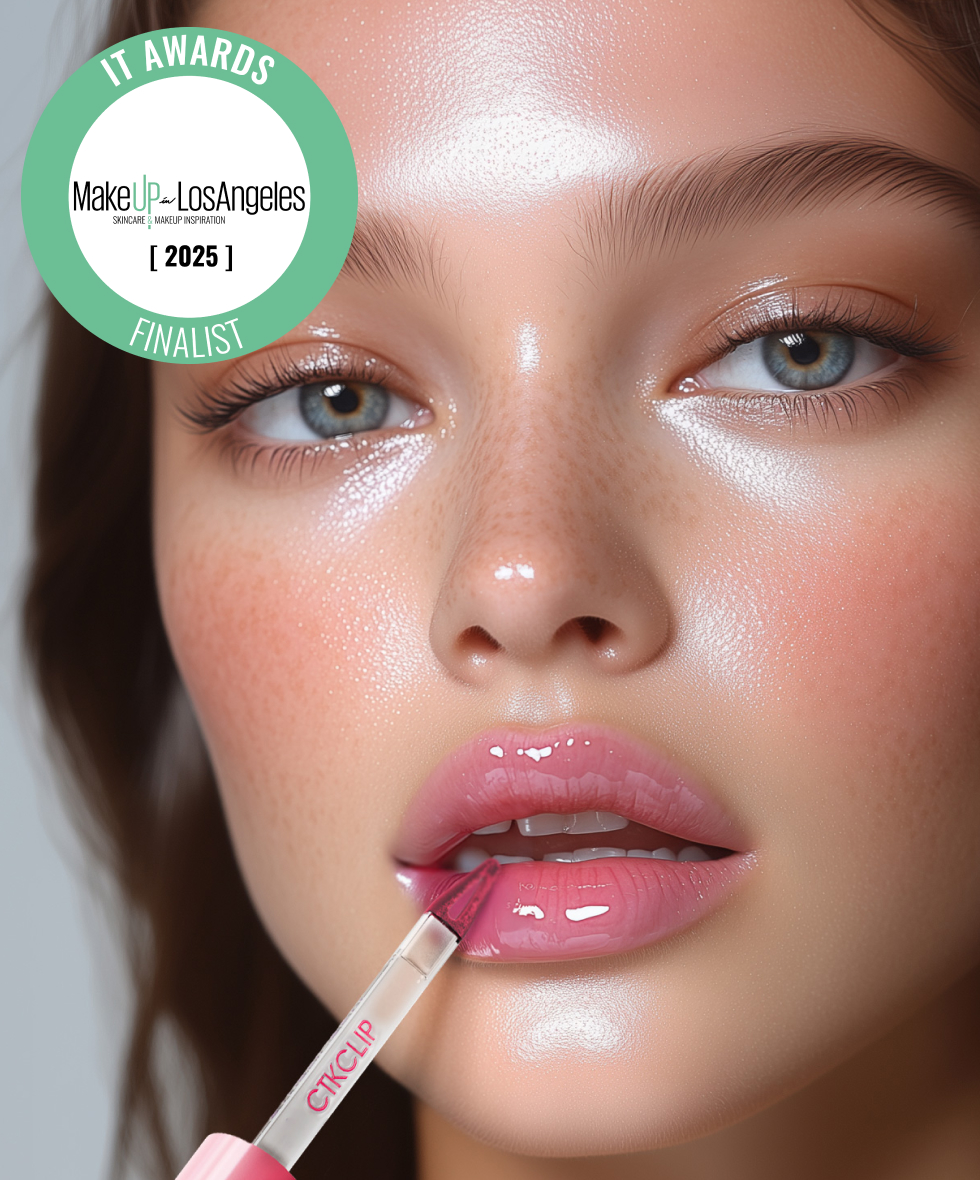
BEHIND CTKCLIP
05 FEB 2025
Target all stakeholders involved in the company's unethical behavior. However, matters related to slander that are not based on facts and personal privacy that are not related to work will not be included.
- Deceptive advertising, infringement of intellectual property rights, violation of personal information protection
- Corruption, such as workplace harassment, violation of gender equality, embezzlement of company assets, leakage of company intellectual property rights, or unfair use
- Illegal acceptance of money and valuables or unfair acts against partners, collusion with competitors, and fraudulent solicitation of stakeholders
- Manipulation of documents and coefficients, contrary to the interests of shareholders and the company
- Violations of environmental and human rights protection, and win-win violations with local communities
- Other violations of ethical management
The informant's personal information and the contents of the report are protected, and no information is disclosed or implied without the informant's consent.
- You can report the report anonymously.
- However, in the case of anonymous reports, if the content is not specific or the facts are unclear, the investigation may not proceed.
- Violations of informant protection, such as retaliation against informants or providing disadvantages, are strictly punished in accordance with in-house regulations such as employment rules.
- The reporting section is protected by a secure security system, and the reporting investigation is handled under security by a designated person
Collection information: Name and contact information
Purpose of collection: Processing complaints according to reports and replying to the results of processing
Retention period: It is held until the above purpose is achieved, and is not used for any purpose other than confirmation of information.